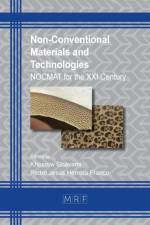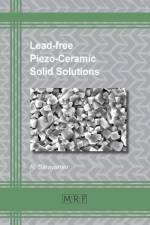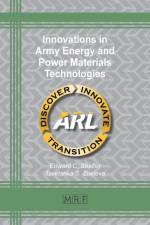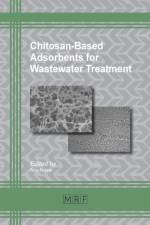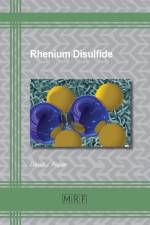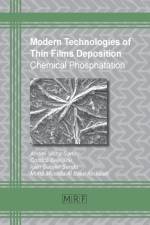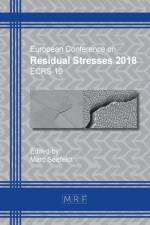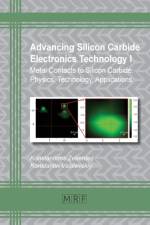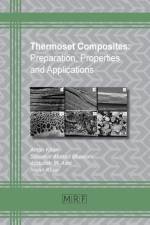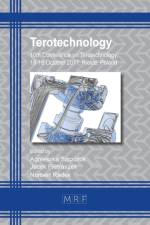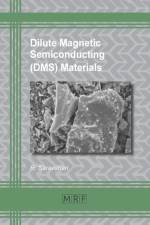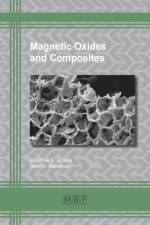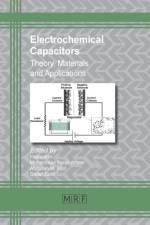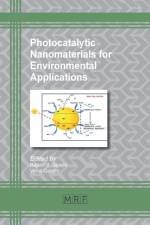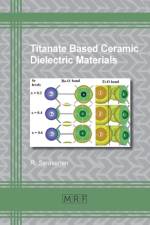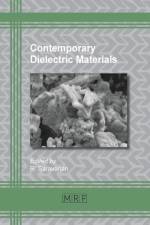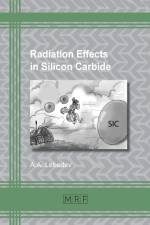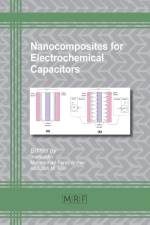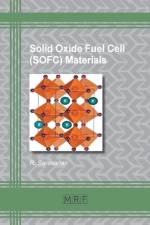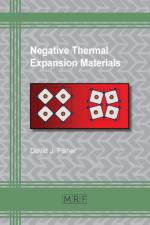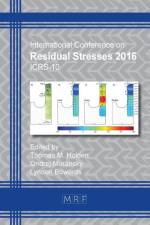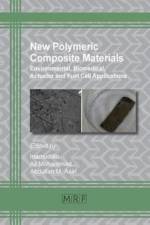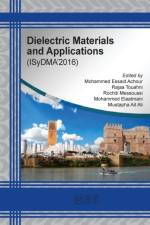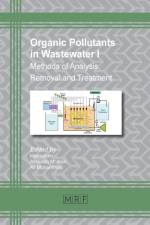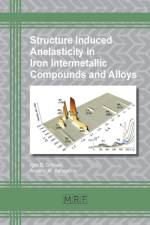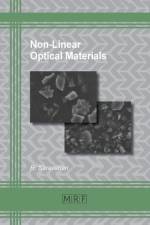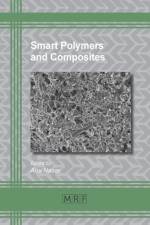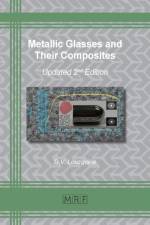1 637
This compendium reports fundamental science and engineering advances of the US Army Research Labratory (ARL) within the area of Energy and Power technologies. Although, in general, ARL's Materials Research encompasses a broad range of materials technologies (e.g.: Photonics, Electronics, Biological and Bio-inspired Materials, Structural Materials, High Strain and Ballistic Materials, and Manufacturing Science), this publication specifically addresses selected energy and power material related work at ARL. While this work includes electrochemical energy storage (batteries and capacitors) and electrochemical energy conversion (fuel cells, photoelectrochemistry, and photochemistry), special emphasis is given on electrochemical energy storage: • Micro Electro-Mechanical Systems (MEMS): Power density, efficiency, and robustness of motors, generators, and actuators while also reducing their life cycle costs. • Energy Storage: Electrical and electrochemical energy storage devices to decrease device size, weight, and cost as well as increase their capabilities in extreme temperatures and operating conditions. • Power Control and Distribution: Tactical, deployable power systems using conventional fuels, alternative fuels, and energy harvested from renewable/ambient sources. • Power Generation/Energy Conversion: Smart energy networks for platforms, forward operating bases, and facilities using modeling and simulation tools as well as new, greater capability and efficiency components. • Thermal Transport and Control: Heat and higher power density systems, advanced components, system modeling, and adaptive or hybrid-cycle technologies.Keywords Electrochemical Energy Storage, Batteries, Capacitors, Electrochemical Energy Conversion, Fuel Cells, Photoelectrochemistry, Photochemistry, High Voltage Electrolytes, Li-ion Batteries, Li-ion Chemistry, Lithium-Sulphur Batteries, Nuclear Metastables, Pyroelectric Energy Conversion, Charged Quantum Dots, High-Efficiency Photovoltaics, IR Sensing, GaN Power Schottky Diodes, Threshold-Voltage Instability, Reliability Testing, SiC MOSFETs, Power Electronics Packaging, High Voltage 4H-SiC GTOs, Silicon Carbide, Avalanche Breakdown Diode, SiC PiN Diodes, Thyristor Protection, Compact DC-DC Battery Chargers

